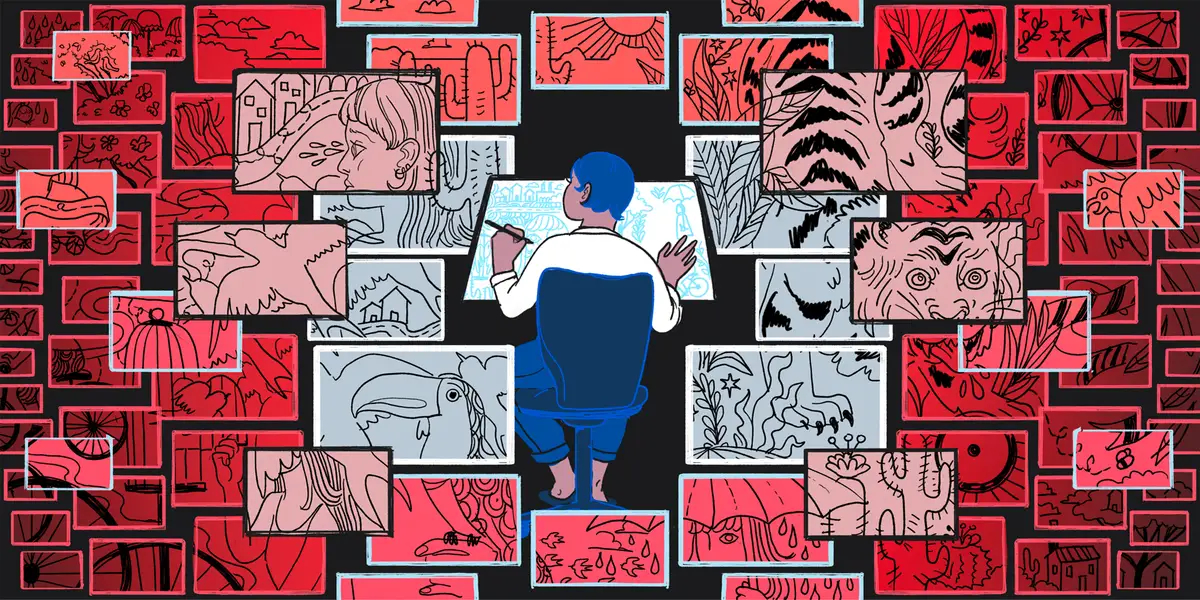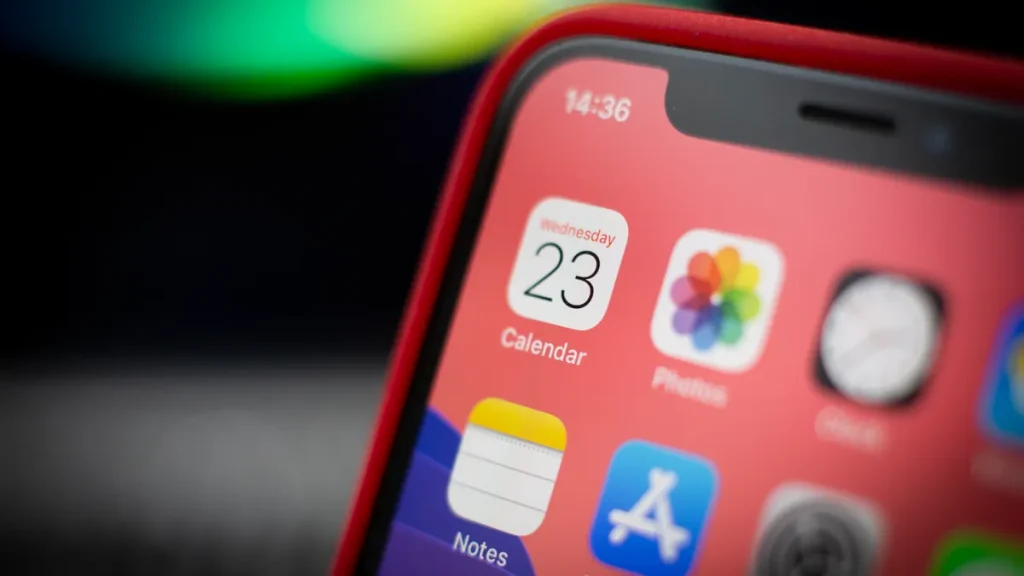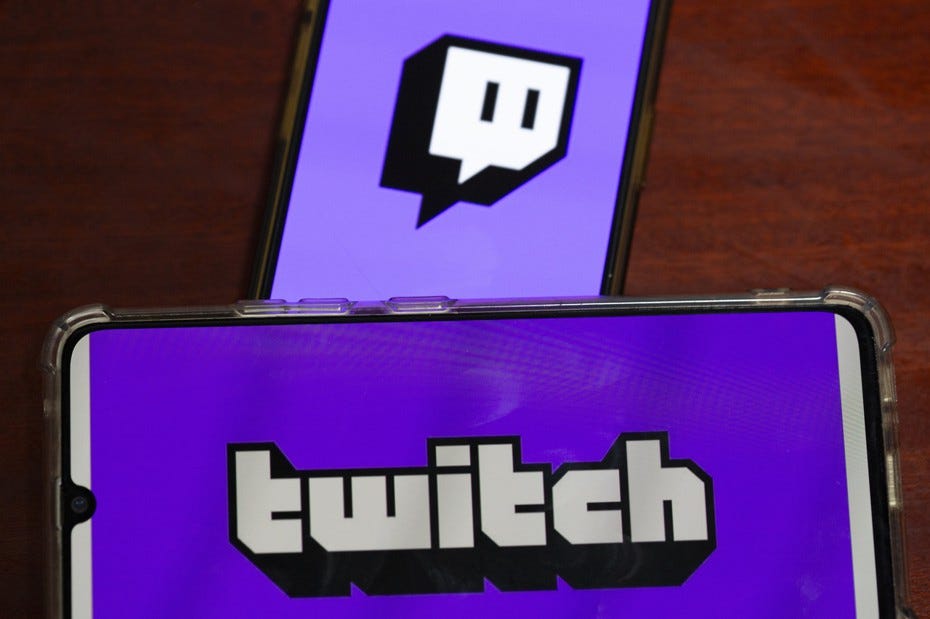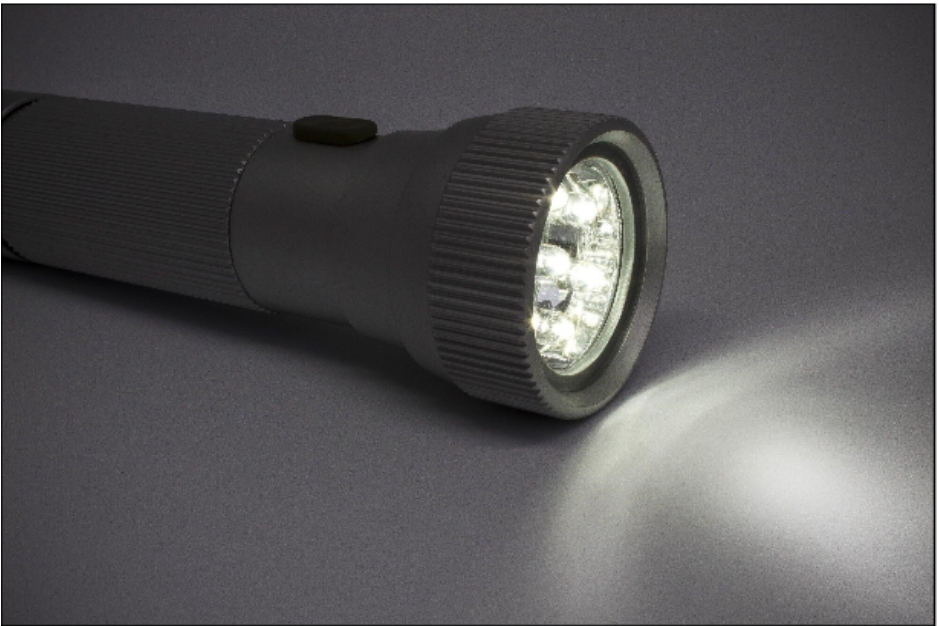How Does an AI Drawing Generator Work?
Artificial Intelligence (AI) reshapes the creative world in ways people never imagined, especially in drawing and art. At the heart of this transformation is the AI art maker, a tool that’s fascinating artists and hobbyists alike. But how exactly does this digital wizardry function? This article peels back the layers and helps one understand the mechanics behind an AI drawing generator.
Understanding the Basics
At its core, an AI art generator works by learning from a vast dataset of images. It’s like feeding a super-smart computer a gigantic photo album and then asking it to draw a picture based on what it’s seen. This process is known as machine learning and is the foundation of how AI generates art. The AI studies patterns, styles, and techniques from countless artworks to understand what makes a drawing look like it does.
After it’s done learning, the AI can start creating art independently. You might give it a prompt, like “draw a cat,” and the AI will generate its version of a cat using what it’s learned. The result is often surprisingly unique, showing how AI can interpret a simple command creatively.
The Role of Neural Networks
Neural networks are a big deal in the world of AI artmakers. Think of them as the brain’s wiring but for computers. These networks mimic how one’s brain learns and makes decisions. When an AI generates art, it uses a special neural network called a Generative Adversarial Network (GAN).
GAN works by having two parts: one part tries to create images (the artist), and the other judges them (the critic). The artist keeps trying to make images that the critic can’t tell apart from real, human-made art. This back-and-forth helps the AI improve, leading to more convincing artwork.
From Prompt to Picture
The journey from a simple prompt to a complete picture is quite fascinating. When you type in what you want the AI to draw, the AI art maker uses natural language processing (NLP) to understand your request. NLP is another branch of AI that helps computers understand human language.
Once the AI grasps your request, it dives into its learned database to find elements that match your request. Then, it starts the creative process, combining those elements in new and interesting ways to create something unique. The AI doesn’t just copy what it’s seen; it remixes it, often producing original and unexpected results.
The Magic of Machine Learning
Machine learning is the magic sauce that makes AI art generators so powerful. But it’s not just about feeding the AI lots of images. The real trick is how the AI learns to recognize and apply artistic concepts. Over time, it gets better at understanding not just objects (“this is a cat”) but also styles (“this is a cat drawn in the style of Picasso”).
This learning process isn’t quick. It requires a lot of computing power and time. But as the AI learns, it becomes more adept at generating art that is complex, detailed, and deeply reflective of the vast array of human artistry it’s been exposed to.
Creativity Unleashed
What’s truly remarkable about AI art generators is their potential for creativity. While the AI itself isn’t “creative” in the human sense, it enables a level of experimentation and discovery that can feel truly creative. Artists and non-artists alike can explore styles, concepts, and imagery that they might not have been able to produce on their own.
This doesn’t mean AI is replacing human artists. Instead, it’s becoming a tool for expanding what’s possible in art. People can push their creative boundaries and explore new artistic territories by working with AI.
Adobe Firefly suggests that text-to-image AI generators rely on machine learning and vast datasets to produce their impressive results.
The workings of an AI art generator are grounded in complex technologies like machine learning and neural networks, but the outcome is simple: the democratization of art creation. By understanding the basics, the role of neural networks, and the journey from prompt to picture, one can glimpse how AI opens up new possibilities for creativity.






